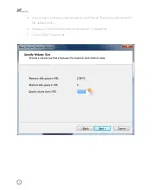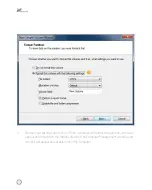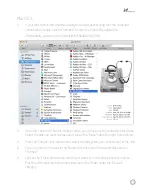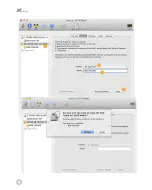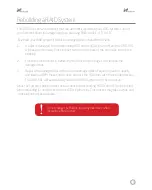
8
RAID Mode Configuration
The DRD-501 offers several RAID modes that read/write and handle data differently. We
encourage you to familiarize yourself with the advantages of each RAID mode before making
a selection.
Before configuring the RAID mode, make sure to back up
your data. All data on the installed disk drives will be deleted
during the configuration process.
!
Make sure that all drives have the same rotational speed (RPM).
It is recommended that all hard drives have the same capacity. If possible, use identical drives.
RAID 0
RAID 0 mode stripes data in blocks across the disk drives installed in the enclosure. This
mode links all the drives installed in the enclosure, so they can function as a single drive with
combined storage space. For example, if you are using five 100 GB drives, they will combine to
function as a single 500 GB drive.
RAID 1
RAID 1 mirrors the data in blocks on two disk drives installed in the enclosure, so the exact
same data is stored on both drives. Data integrity is more reliable in this mode than in RAID 0
mode, although there is less accessible disk space and the transfer speed is slower. Mirroring
makes it easier to recover lost data if one of the RAID drives is damaged. Only one of the two
drives is accessible in RAID 1 mode.
When two disks are inserted and the RAID mode switches are set to RAID 1/10 configuration,
the enclosure will be set to RAID 1 mode.
When using RAID 0 and RAID 1 modes, you can use disk drives of varying capacities, although
the capacity will be limited to the smallest of the disk drives. For example, if you are using a
100 GB and a 250 GB drive, then the 250 GB will be limited to the smaller 100 GB capacity,
and the total combined capacity will be 200 GB.
Содержание DRD-501
Страница 1: ...DRD 501 FIVE BAYRAIDSYSTEM FOR3 5 SATAHARD DISKDRIVES USERMANUAL ...
Страница 13: ...13 9 12 10 11 ...
Страница 19: ...19 7 ...
Страница 22: ...22 2 3 4 5 ...


















